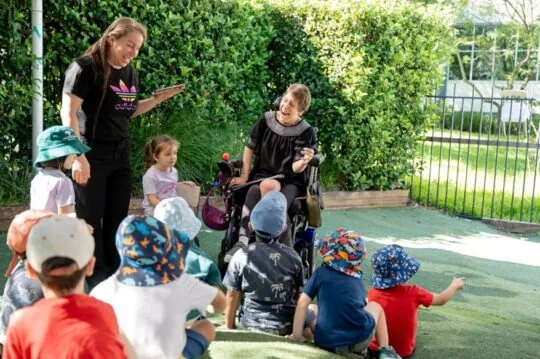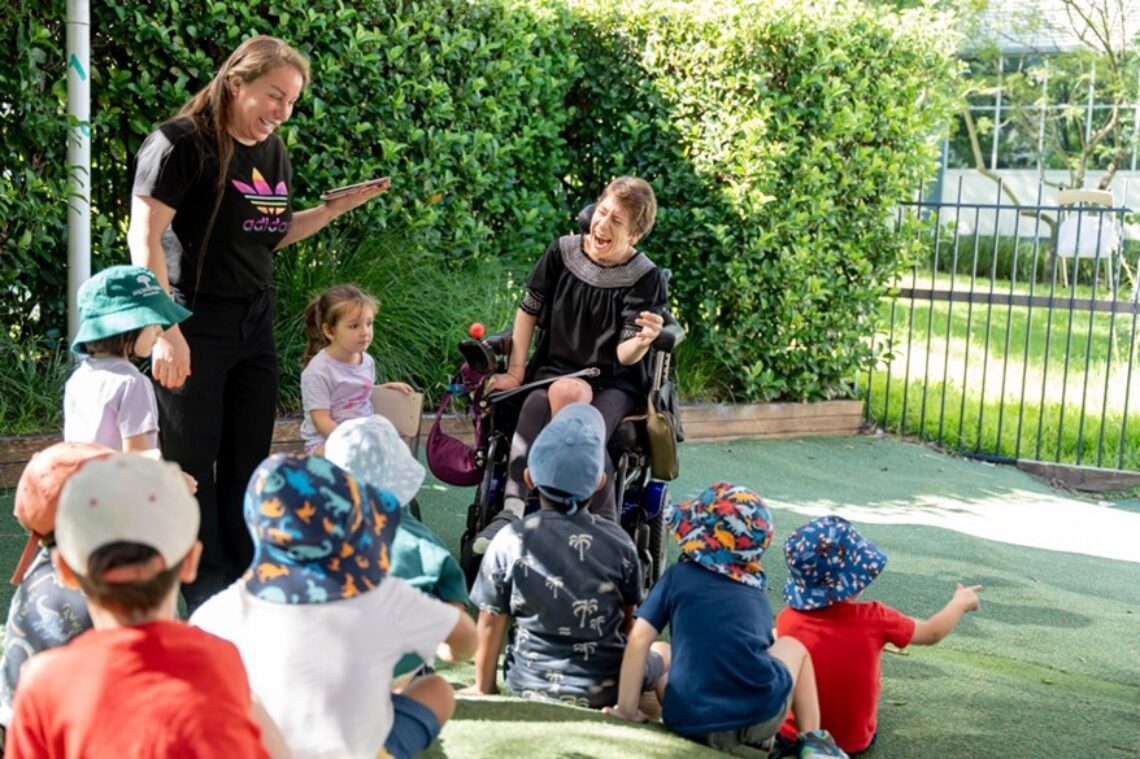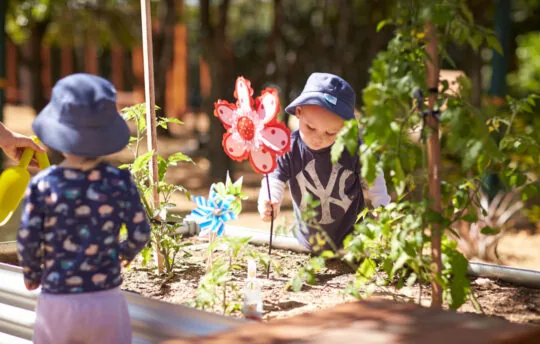The Importance Of Mindfulness For Kids


Why is mindfulness important in early childhood?
Meditation, or mindfulness, an ancient remedy for anxiety, directly addresses the ‘Monkey Mind’—a term capturing the mind’s restlessness and constant jumping between thoughts. Recent brain research links this phenomenon to the amygdala, which activates in children’s Monkey Mind states, hindering focused learning.
Given children’s adaptable brains, just 10 minutes of daily mindfulness calms the Monkey Mind by activating higher brain functions.
It’s common for children to feel anxious in uncertain times. Introducing meditation and mindfulness early on helps them manage emotions in the short term and offers long-term mental health benefits, effectively dealing with anxiety and stress later in life.
Does mindfulness help children with ADHD?
Mindfulness appears to offer benefits for children with ADHD by improving attention, impulse control, and emotional regulation. Practices involving focused attention and non-judgmental awareness can enhance a child’s ability to concentrate, recognise impulsive behaviors, and manage emotions. Additionally, mindfulness may reduce stress, anxiety, and support the development of executive functions. While research shows positive effects, it’s essential to integrate mindfulness as part of a comprehensive approach to ADHD management, considering individual needs. Consultation with healthcare professionals is recommended before introducing mindfulness practices to children with ADHD.
How do I teach my child mindfulness meditation?
1. Mindful Posing
A simple and fun way for your child to dip their toes into mindfulness and strengthen the mind-body connection is through mindful body poses. Let your child know that doing these fun poses can help them feel strong, brave, and happy:
- The Superman: this pose is practiced by standing with the feet just wider than the hips, fists clenched, and arms reached out to the sky, stretching the body as tall as possible.
- The Wonder Woman: this pose is struck by standing tall with legs wider than hip-width apart and hands or fists placed on the hips.
For added effect, have your child pretend her senses are heightened by superpowers, then ask her what she can smell, hear, see, and taste. Ask your child how they feel after a few rounds of trying either of these poses. You may be surprised!
2. Expressing Emotions Through Art
Creative experiences help toddlers to express their feelings and thoughts, and for parents to talk about feelings with their child. Talking about feelings is an excellent exercise to build trust in each other and create dialogue about our inner worlds. Ask your child to choose a feeling such as happy, angry, sad or excited and provide crayons, pencils, paint, markers, clay or playdough to use to express these feelings or to draw a picture of a time that they felt that way. The possibilities are endless!
- Encourage your child to think about what colour/s the feelings are; what shape/s the feelings are and whether they are big or small.
- When done encourage them to talk about the colours they’ve used, the marks or images they’ve painted and why they made that choice.
3. Mindfulness Exercise – Exploring Outside
This exercise will support children to self-regulate their feelings and emotions:
- Lay on our back and look up at the clouds. What shapes can you see?
- Close your eyes and listen to the birds or the trees in the wind. Listen: what can you hear?
- Smell: what can you smell? What do you think the smell is?
- What animals, bugs or insects can you see?
- Take some deep breaths and allow quiet moments for thought
4. Morning Meditation
Taking time to be calm and quiet is really important, here are a few simple steps to create a 5 minute meditation routine to help your child focus and settle for the day.
- Find a space in a room where you can be together but have your own space, a mat or cushion on the floor works well
- Put on some relaxation music, ideally with no words, put it on quietly so you have to listen to hear it
- Sit in a position that is comfortable. This may be different for you and your child.
- Eyes closed. Breathe in for 4 seconds, hold for 2 seconds breathe out for 4 seconds and repeat. It will help if you talk through this for the first few times
Learn more about our holistic approach to learning with toddlers at Only About Children.
For more great reading:
Helping Our Children Conquer Their Anxiety
Guiding Your Toddler Through Transitions
Establishing Positive Sleeping Habits
Only About Children can help your child to grow, make friends and explore the world.
Only About Children can help your child to grow, make friends and explore the world.
Related Reads


Bec Celebrates 10 Years Working In Her Dream Job At OAC Concord
Rebecca Donatiello (Bec) celebrates 10 years working and learning at Only About Children Concord.

Choosing The Right Preschool/Kindergarten For Your Child
Choosing the right Preschool/Kindergarten for you child can be a daunting task. When exploring the ideal preschool choices for your child, there is no need to navigate blindly. Simply by asking the right questions, you can find the perfect match.
